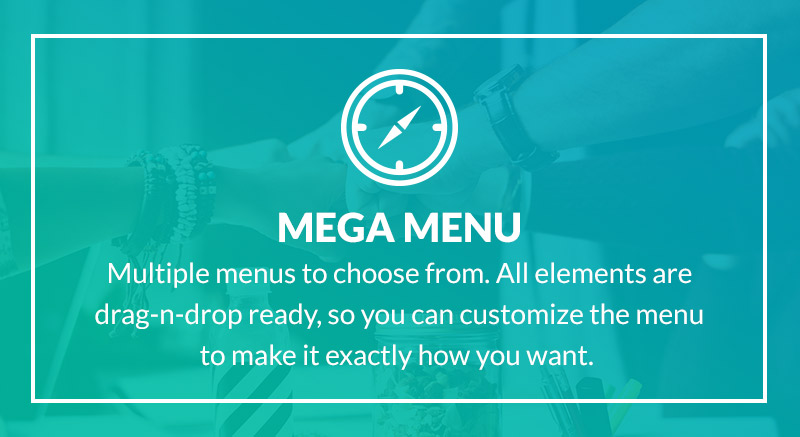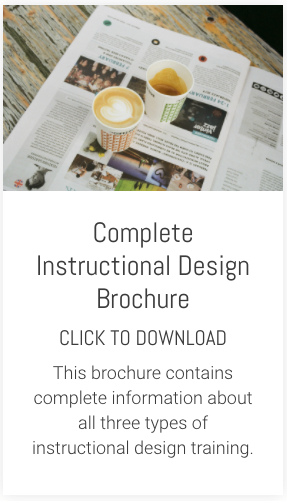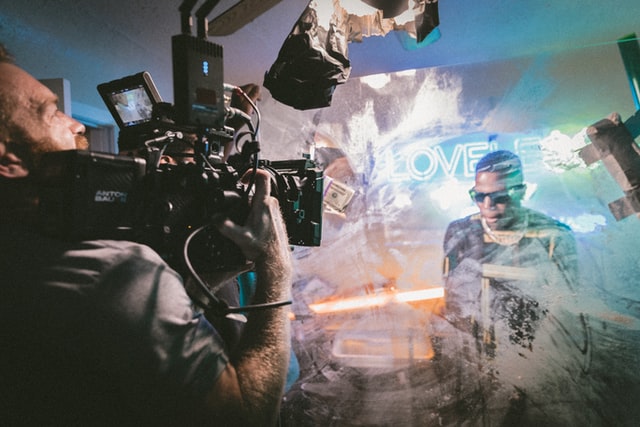If there's one thing we've been bombarded with over the last decade or so, it's reality TV. Love it or loathe it, you can't escape it. Or it's popularity.
Of course, you might argue it should actually be called UNreality TV, given that many of the situations participants find themselves in are completely contrived. But there's no escaping the reality of the raw emotions and reactions the participants exhibit as they work through the situations they've been placed in.
So could we learn a thing or two from reality TV when we are designing e-learning? This might seem a bit of a stretch to some of you, but I think the answer is 'yes'.
Why do I say that? Well first off, there's the big problem with e-learning: too much focus on knowledge of content, not enough focus on its real world application. And we all know the result. Deathly dull screens of content and a few predictable interactions, all guaranteed to bore your learners to death.
While learning isn't always about doing, in a workplace setting, it's pretty rare for you not to have to do something with the knowledge or expertise you learn.
So this is where the parallel with reality TV comes in. Reality TV is all about situations and how people respond to them.
While we probably don't want our learners sobbing at their computer screens or plotting to do down their fellow learners, putting them in some reasonably authentic settings and scenarios and challenging them to respond to those situations, is a reality TV method we should most definitely think about adapting for our own e-learning purposes.
And, by the way, this is not about creating expensive simulations or virtual reality worlds. With a bit of thought and imagination you can easily turn potentially dry content into interesting, realistic activity.
As an example, last year I was working with some consultants in the retail sector. They wanted to create some e-learning to teach their learners how to carry out a process to analyse if potential clients were actually worth approaching.
Their assumption at the start of the development was that the most we could do was tell learners about the process and then test them on their knowledge of it.
Instead I had them focus on what the learners actually needed to do at each stage in the process. No surprises, this turned out to be a handful of tasks each time. Then we worked out how to best re-create each of those tasks in an e-learning environment.
In some cases it didn't take long to come up with an easy-to-create solution. In other cases, there was a bit of head scratching while we worked out how to simplify and adapt things within the constraints of e-learning.
But the result? A very different package from the content-centric one they had initially envisaged. Not only did the learners find out about the process, they also had chance to practice it. Just like they would have to back in the workplace.
So a bit of reality e-learning provided relevant practice (not just testing of knowledge). It enabled learners to try out their newly acquired knowledge in a supportive, structured environment. And it meant learners went back into the workplace far better prepared than if they had just been told lots of stuff and then tested on their knowledge of it.
Of course, you might argue it should actually be called UNreality TV, given that many of the situations participants find themselves in are completely contrived. But there's no escaping the reality of the raw emotions and reactions the participants exhibit as they work through the situations they've been placed in.
So could we learn a thing or two from reality TV when we are designing e-learning? This might seem a bit of a stretch to some of you, but I think the answer is 'yes'.
Why do I say that? Well first off, there's the big problem with e-learning: too much focus on knowledge of content, not enough focus on its real world application. And we all know the result. Deathly dull screens of content and a few predictable interactions, all guaranteed to bore your learners to death.
While learning isn't always about doing, in a workplace setting, it's pretty rare for you not to have to do something with the knowledge or expertise you learn.
So this is where the parallel with reality TV comes in. Reality TV is all about situations and how people respond to them.
While we probably don't want our learners sobbing at their computer screens or plotting to do down their fellow learners, putting them in some reasonably authentic settings and scenarios and challenging them to respond to those situations, is a reality TV method we should most definitely think about adapting for our own e-learning purposes.
And, by the way, this is not about creating expensive simulations or virtual reality worlds. With a bit of thought and imagination you can easily turn potentially dry content into interesting, realistic activity.
As an example, last year I was working with some consultants in the retail sector. They wanted to create some e-learning to teach their learners how to carry out a process to analyse if potential clients were actually worth approaching.
Their assumption at the start of the development was that the most we could do was tell learners about the process and then test them on their knowledge of it.
Instead I had them focus on what the learners actually needed to do at each stage in the process. No surprises, this turned out to be a handful of tasks each time. Then we worked out how to best re-create each of those tasks in an e-learning environment.
In some cases it didn't take long to come up with an easy-to-create solution. In other cases, there was a bit of head scratching while we worked out how to simplify and adapt things within the constraints of e-learning.
But the result? A very different package from the content-centric one they had initially envisaged. Not only did the learners find out about the process, they also had chance to practice it. Just like they would have to back in the workplace.
So a bit of reality e-learning provided relevant practice (not just testing of knowledge). It enabled learners to try out their newly acquired knowledge in a supportive, structured environment. And it meant learners went back into the workplace far better prepared than if they had just been told lots of stuff and then tested on their knowledge of it.
Like to discover more about making your e-learning authentic, relevant and applicable to your learners? Check out our on-demand webinar on this very topic: Re-Frame Your E-Learning to Increase Impact and Workplace Performance.










